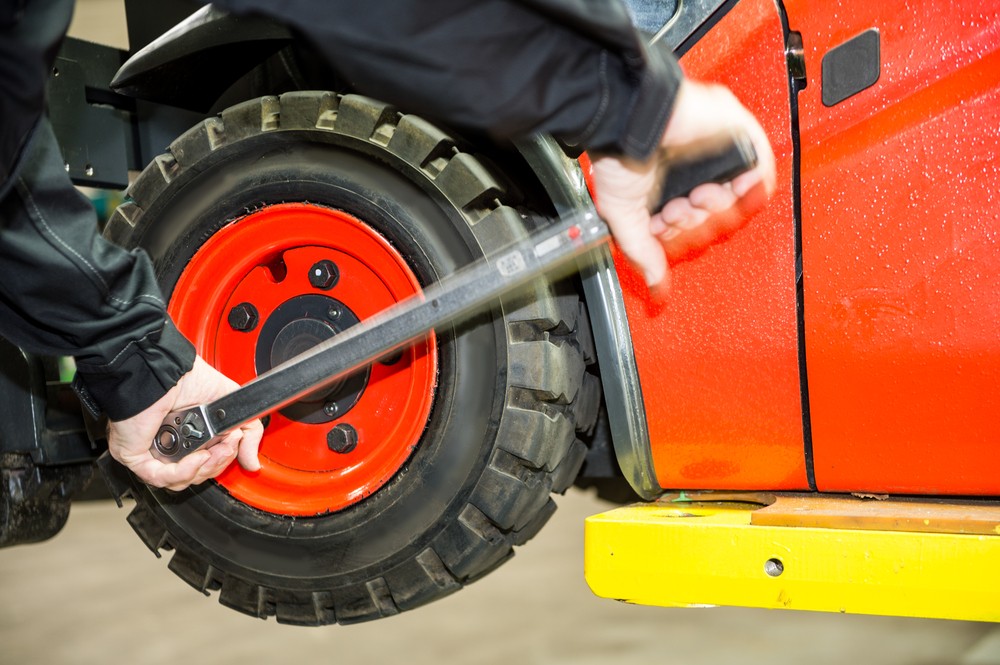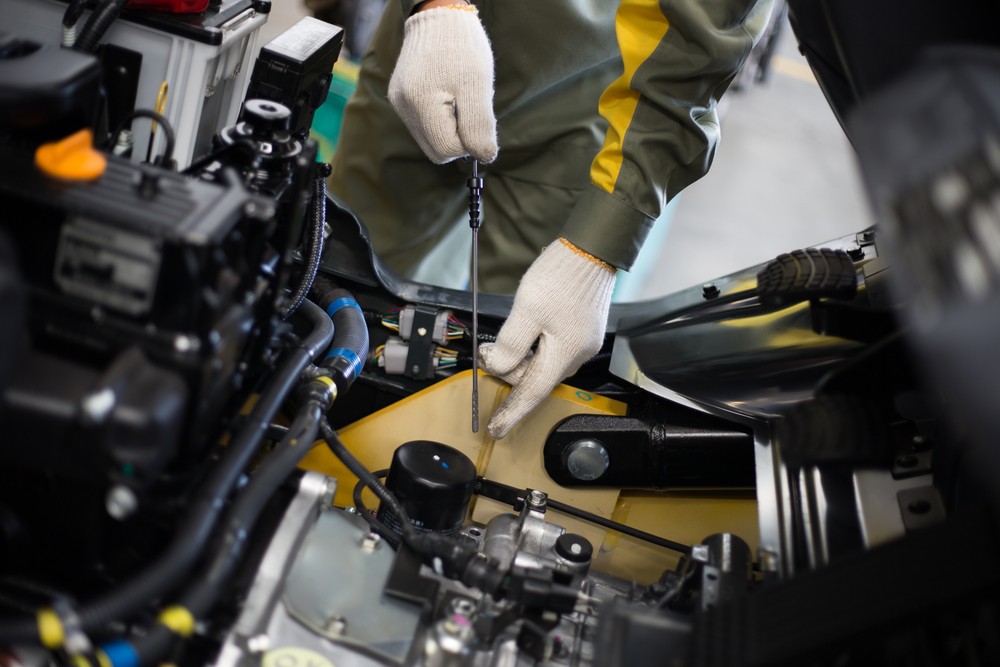Regular Vehicle Maintenance & Vehicle Inspections Can Prevent Breakdowns

When orchestrating maintenance strategies and everyday operations, it’s easy to focus on the prominent assets in your factory. If your conveyor belt goes offline, it can derail an entire value stream. If the sorting equipment breaks down, it can set you days behind schedule. It’s easy to throw resources at preventing these problems, but they’re not the only assets demanding attention. Vehicles and mobile equipment like forklifts need similar attention. Losing these resources could cause just as much disruption to your operations.
Mobile operations are important
Maintenance managers keep production lines running at peak efficiency. It’s their prime directive and for good reason — short of a catastrophe, downtime is the costliest burden to manufacturing operations. These mission-critical assets demand the most attention because they shoulder the greatest burden in the value stream. That said, losing vehicles or mobile heavy equipment can dam up a value stream just as quickly.
Consider the inability to load finished pallets of product onto trucks. Think about what happens if your fleet vehicles can’t transport product to distribution centers. These tasks occur outside the mainline production process but are just as instrumental in keeping a factory in production.

Consider every mobile asset
Depending on your production process and the extent of your value stream, any number of mobile assets might be included. There are numerous types of forklifts alone, each with its own distinct maintenance demands. When considering usage frequency and capacity, the variability of maintenance becomes unique to each facility.
Don’t forget about fleet vehicles, either. Courier vans, sprinters, diesel trucks, and class-8 vehicles have their own unique maintenance requirements as well. Failure to maintain these standards can result in breakdowns and will most likely reduce the overall life cycle of a vehicle. It’s why manufacturers with heavy fleet investments often have dedicated fleet vehicle service teams.
Approaching vehicle and mobile asset maintenance
For many smaller manufacturers, vehicle and mobile asset maintenance falls under their greater maintenance, repair, and operations (MRO) strategy. As the number of these assets scales up, however, it’s important to begin defining it as a separate service area for several important reasons.
First among them is the high-frequency need for maintenance. Forklifts, for example, generally require service every 250 service hours, in intervals up to 1,000 hours. In factories running 16-hour production schedules, service for forklifts can come due bimonthly, or every 15 days. The same holds for vehicles putting on hundreds (or thousands) of miles per week. Consistent maintenance becomes necessary.
It’s also important to delineate these assets from a life cycle perspective. If your forklift is rated to last 10,000 hours, you may only get five years out of it. Optimizing maintenance is essential to ensure it’s an asset for as long as possible. By extending its serviceable life through proper maintenance, manufacturers can net thousands in saved costs.
Vehicle maintenance and upkeep for mobile assets is an important component to your overall maintenance strategy. They should be considered just as important to operations as mainline equipment and have needs that demand rigid oversight. As you acquire more of these assets, it becomes more valuable to designate a segment of your MRO strategy to maintain them.